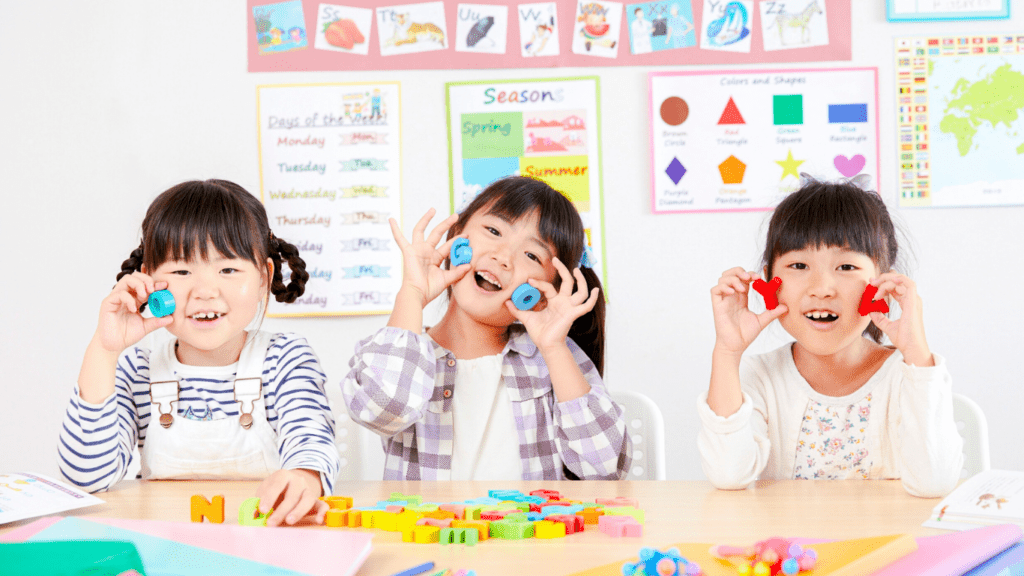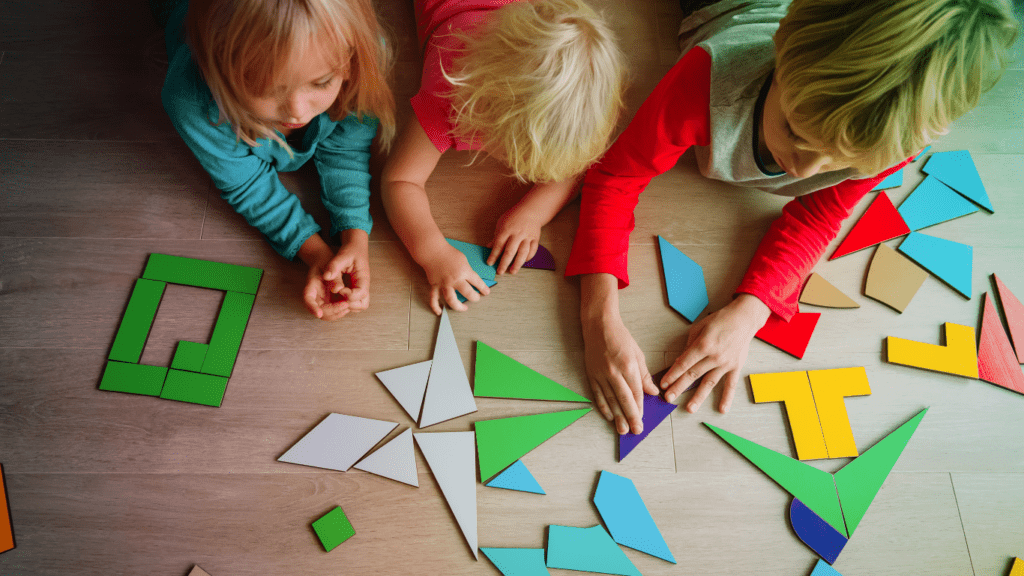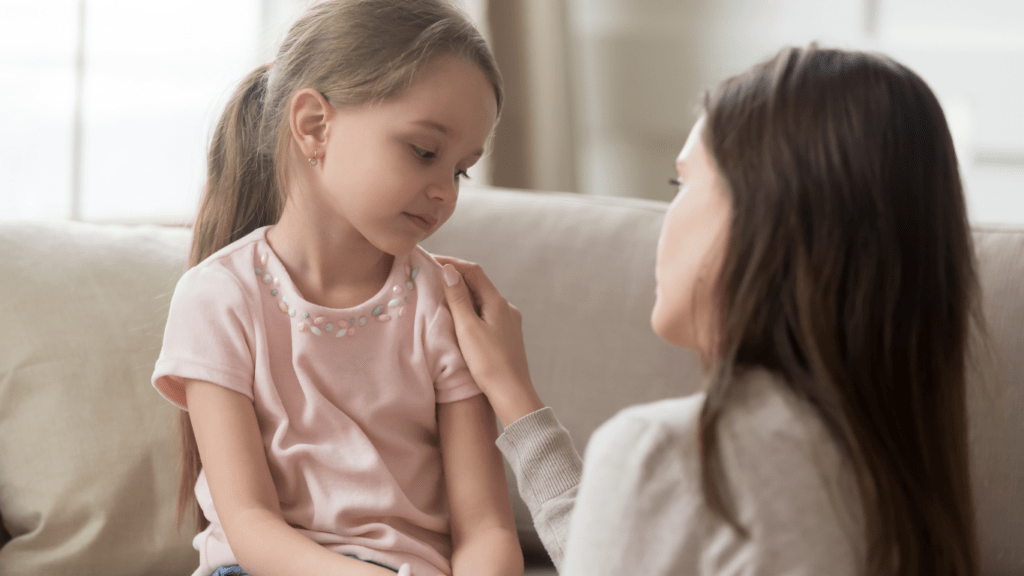Curiosity is the spark that fuels a child’s love for learning, and I’ve always believed it’s one of the most powerful tools we can nurture in young minds. Kids are natural explorers, eager to ask questions and dive into new experiences. The right activities can turn their endless “why” into meaningful discoveries that build confidence and creativity.
Benefits Of Encouraging Curiosity In Children
Inspiring curiosity equips children with essential skills they apply throughout life. It strengthens their ability to think critically, solve problems, and explore creative solutions.
Why Curiosity Drives Learning And Creativity
Curiosity motivates exploration, which drives deeper learning. When kids ask “why” or “how,” they engage with new ideas and strengthen problem-solving skills. It fosters an open mindset, making them more adaptable to challenges. Creative thinking thrives when curiosity sparks a connection between questions and imaginative solutions. For example, exploring how plants grow can lead to artistic interpretations, like creating nature-inspired art.
How Fun Activities Enhance Cognitive Development
Interactive learning builds cognitive abilities by merging play with discovery. Activities like:
- building puzzles
- conducting simple science experiments
- crafting unique art projects improve memory
- logical reasoning
- spatial awareness
Through hands-on tasks, kids practice focus and learn to draw conclusions. For instance, experimenting with magnets teaches cause-and-effect relationships while refining observation skills.
Indoor Learning Activities For Young Explorers
Creating a stimulating indoor environment offers endless opportunities for young explorers to learn and grow. Engaging activities encourage curiosity while promoting creativity, critical thinking, and problem-solving.
Creative Arts And Crafts
Hands-on art projects introduce kids to self-expression and new concepts. Exploring materials like clay, paper, and paint fosters fine motor skills. For example, I’ve seen children learn about symmetry while creating folded inkblot art or explore textures by building collages with household items. Encouraging imaginative play through costumes or puppet-making also teaches storytelling and communication skills.
Science Experiments At Home
Simple experiments turn homes into mini-labs of discovery. Mixing baking soda and vinegar demonstrates chemical reactions, while observing seeds sprout in jars teaches plant biology. I’ve set up color-mixing activities using water, food dye, and pipettes to show absorption and diffusion. These activities not only explain scientific principles but also refine observation and prediction skills.
Puzzle And Problem-Solving Games
Puzzles and games enhance logical reasoning and patience. Jigsaw puzzles strengthen spatial awareness, while riddles challenge thinking patterns. I recommend introducing STEM-based kits with age-appropriate challenges, such as building marble runs to teach cause-effect relationships. Even everyday items like blocks or stacking cups encourage problem-solving and creativity during unstructured play.
Outdoor Activities To Spark Exploration
Outdoor activities connect children with nature and their surroundings, providing endless opportunities to explore and learn. These experiences nurture curiosity while developing observation and critical thinking skills.
Nature Walks And Scavenger Hunts
Nature walks introduce kids to the natural world through direct interaction. I recommend designing scavenger hunts during these walks to make them more engaging. For instance, create a list of items to find, such as specific leaves, rocks, or animal tracks. Encourage children to ask questions about what they see, such as, “Why do some leaves have different colors?” These activities improve observational skills and help kids learn about ecosystems.
Gardening As A Hands-On Learning Project
Gardening allows young explorers to learn about the science of growth while getting their hands dirty. I suggest assigning simple tasks like planting seeds, watering plants, or monitoring sunlight exposure. Use this as an opportunity to explain photosynthesis or plant lifecycles. For example, let kids measure sprouting leaves weekly, which teaches patience and responsibility while connecting them with nature’s processes.
Exploring Local History And Landmarks
Visiting local historical sites and landmarks combines exploration with storytelling. I like to prepare by sharing age-appropriate historical facts or legends about the location before the trip. For example, a visit to an old fort or museum can spark curiosity about past events or cultures. Ask kids to describe what they observe and imagine what life might’ve been like in that era, enhancing their creativity and understanding of history.
Leveraging Technology For Fun And Educational Experiences

Integrating technology into learning opens up endless possibilities for young explorers. Digital tools transform education into an exciting journey, combining fun with knowledge-building.
Educational Apps And Online Resources
- I find educational apps and online resources to be perfect tools for engaging children in interactive learning.
- Platforms like Khan Academy Kids offer free access to content across math, science, reading, and more, catering to various age groups.
- Coding apps such as ScratchJr introduce programming concepts through gameplay, fostering creativity and problem-solving.
- Language-learning tools like Duolingo Kids make mastering new languages engaging by incorporating playful elements like mini-games and colorful visuals.
- These tools are ideal for supplementing traditional learning with self-paced, curiosity-driven exploration.
Virtual Field Trips And Museums
Virtual field trips and museum tours bring remarkable educational experiences into the home. I’ve seen resources like Google Arts & Culture, which provides virtual access to world-famous museums such as The Louvre and The British Museum, inspire children by letting them explore historical artifacts and art collections from their screens. Sites like Discovery Education offer immersive experiences, like virtual trips to underwater ecosystems or outer space. With interactive features such as 360-degree views and live webinars, children can dive deeply into topics, ask questions, and enhance their understanding of science, history, and the arts without leaving home.
Tips For Parents And Educators To Foster A Curious Mindset
Encouraging curiosity involves nurturing a child’s natural inclination to explore, ask questions, and seek answers. Promoting an open and stimulating environment boosts creativity, critical thinking, and a love for learning.
Creating A Safe Space For Questions
I model curiosity by inviting open-ended questions and actively listening to each one. Children feel empowered to think critically when their inquiries are welcomed without judgment. For example, asking follow-up questions like, “What do you think might happen if we try this?” reinforces their confidence and encourages problem-solving. By providing honest, age-appropriate answers while admitting when I don’t know something, I demonstrate that learning is a continuous process.
Encouraging Hands-On Exploration
I provide opportunities for tactile learning by engaging children in activities like building models, experimenting with objects, or solving puzzles. These hands-on opportunities foster deeper understanding through practice. For instance, creating a mini volcano using baking soda, vinegar, and clay allows kids to see cause-and-effect relationships in real-time. Encouraging exploration of safe, everyday materials supports creative problem-solving and sparks new questions about how things work.
Celebrating The Joy Of Discovery
I highlight their excitement during discoveries to reinforce a positive association with learning. Sharing their achievements, such as uncovering how plants grow or solving a complex puzzle, builds confidence and curiosity. Organizing moments to reflect on what they’ve learned—like creating a scrapbook from nature walk findings—turns small accomplishments into lasting memories. Acknowledging their effort rather than focusing on perfect outcomes keeps their curiosity thriving.





